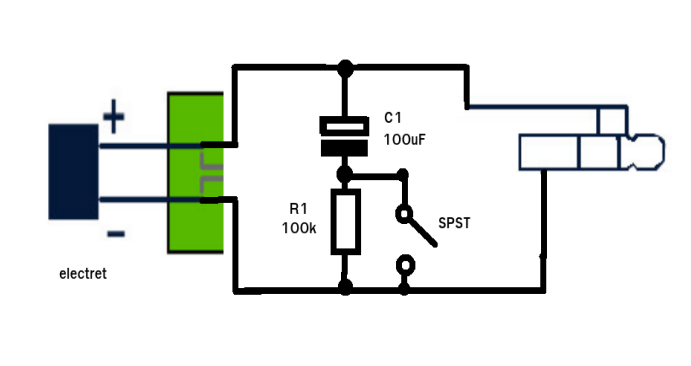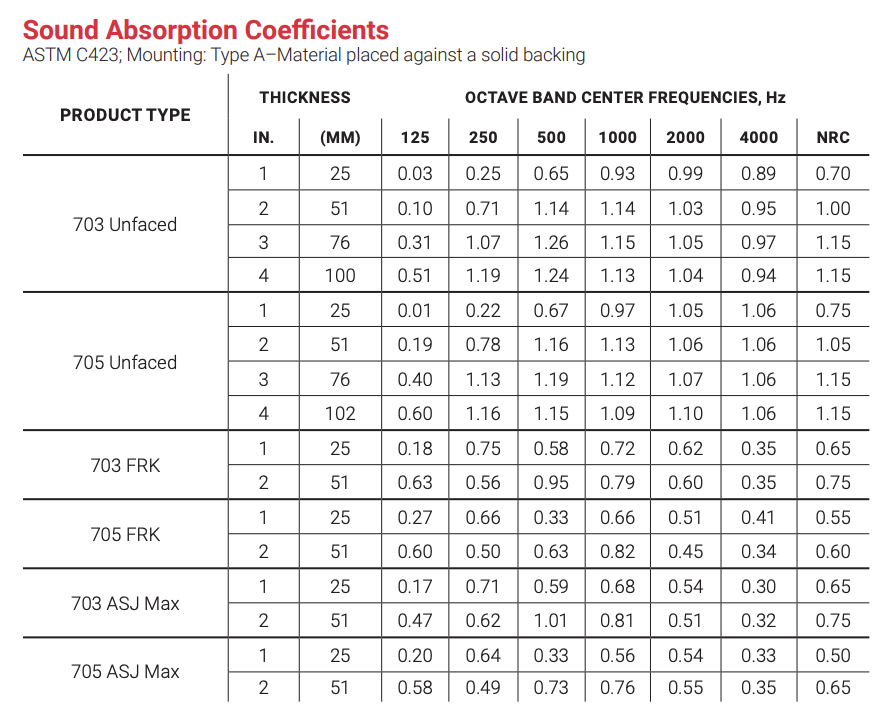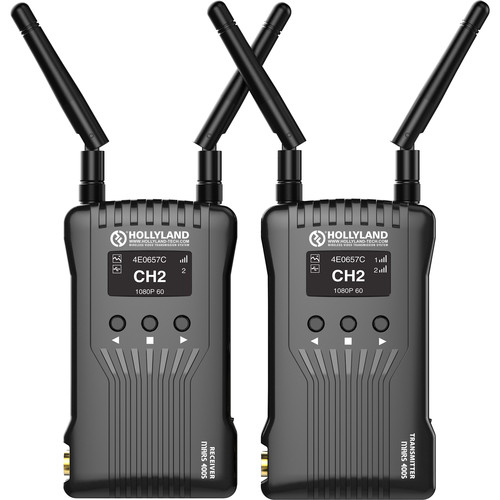-
Posts
564 -
Joined
-
Last visited
-
Days Won
9
Content Type
Forums
Gallery
Store
Everything posted by Shastapete
-

Best soldering iron/gun for basic cable fixes by a novice?
Shastapete replied to Dave's topic in Do It Yourself
Sure, sure, not the arrows but the archer – but if you do anything more than an XLR cable once a year, you'll want at least a midrange iron that has variable temperature control, enough power to heat up quickly, and hold that temp so it doesn't get its heat sucked out by the work piece. -
212mm for the 4017b vs. 179mm for the 8060 – that's a big difference. The Pianissimo was designed for the 4017b which is suitably larger than the XL Cosi for the larger mic
-
653-657 MHz: 4 MHz (exclusive to licensed operators) 657-663 MHz: 6 MHz (unlicensed and White Space Devices (WSD)) Power output is limited to 20 mW
-
I think it's time for Larry to write his memoir/technical reference "Tumbleweeds and Transmitters"
-

Ambisonic or custom setup? Which microphones to buy?
Shastapete replied to Dan Wake's topic in Equipment
Core Sound (who makes some inexpensive, but high quality ambisonics mics) does provide a calibration service where they will analyze your off the shelf mic and give you a custom calibration file to use with their ambisonic decoder, no personal experience but I've heard it steps up the quality in commercial mics -

Ambisonic or custom setup? Which microphones to buy?
Shastapete replied to Dan Wake's topic in Equipment
Mr. Teas can correct me, but you're confusing the concept of room tone and ambience Room tone is 20-30 seconds of silence recorded from the mics, in the same position, that were used to record dialog. This means that you need your actors (or interview subject) to sit on their mark silently for a bit to get the track. Room tone is used in the dialog edit to smooth over edits and added spaces. This track is played with the dialog on the dialog bus (typically through the center channel) Ambiences are multitrack (stereo, quad, surround, ambisonic... etc.) used in the sound edit to create the environment for which the scene takes place, this is placed in the Sound Effects bus and doesn't have any dialog elements in it. Can room tone be ambience... sure, but mono mixes are boring. -
With these batteries there are 3 different manufacturers out there with slightly different, but all compatible, versions. The Inspired Energy NH2054, Remote Audio HI-Q, Sound Devices XL-Smart Battery, and Audioroot eSmart Li-98Wh are all the same batteries OEMed by Inspired Energy in Florida. So just buy the one that you can get the best price on. Audioroot has a new battery, the eSmart Li-96neo which is a 96Wh version that has an OLED battery display, as far as I can tell, they had them built to the same smart battery standard as Inspired Energy in China. The last version is the RRC2054-2 made by RRC which is a 6.90Ah / 99.40Wh version that has a few minor differences, but is to the same battery format spec.
-
This is mostly useless – but I saw chatter that some company is starting to re-cell batteries now that ritter is gone... I don't remember any details, but hopefully this is a glimmer of hope
-
Way back in college I took a brass instrument repair class. It was just intro/basic stuff but this is the kind of repair we worked on. To remove a dent from a tube, we inserted a mandrel (a solid metal cylindrical rod) slightly smaller than the tube diameter and hammered out the dent with a soft mallet – leather I think.
-
based on the demo video, it looks to be only machines that can talk to a USB storage device. (so Zaxcom Nova is out)
-
You're the best!
-
Are you looking to add a switch to an electret lav or do you just want PTT on a dynamic handheld type mic? With an electret lav you need to worry about the "thumping" of mic power, Shure recommends a 1000uF, 6Vdc for 600 ohm mic (close enough for most lavs) obviously, the connector end depends on your transmitter. Basically, what this circuit does is that when the switch is engaged, the capacitor shorts out the AC voltage (audio) so the mic isn't making noise, but it doesn't short out the DC voltage (mic power/phantom) so the mic still stays energized. I haven't yet built one of these on my own yet, but this is my research and plan. If you don't care about the pop in your coms line (an aggressive filter can take care of most of it) just wire a walkie mic as you would with a lav.
-
Plug a "thing" into your recorder – great, what recorders support it? what does the thing do? is there an upfront cost or is it a subscription model? "trusted cloud service" who is that? Can I upload files to my own service and/or encrypted AWS bucket? What data does Viviana cloud store? Is that data encrypted? ... again, all teaser no actual information
-
Generic statements and zero details...
-
Excited to hear your thoughts – this is the second time I've seen that box on sale, so if it is any good, maybe I'll grab it on its third time around
-
Not, TV/film but it has always amused me that in the product photo for the Sachtler Harness (formerly Petrol) the model is holding the boom upside down. You'd think a company making equipment for audio professionals would consult professionals...
-
Just to be clear, you're asking a group of professional sound mixers "Please give me your expertise, for free, on the equipment to buy so I don't have to hire you or people like you in the future" So with all due respect, no comment.
-
Now I'm being pedantic, There's no such thing as Owens Corning 704. (or at least not sold anymore) There's a 703, 705, 706, and 707. The number is a formulation number and does not denote material size. 703 and 705 comes in thicknesses of 1, 2, 3 or 4 inches. 706 and 707 only in 1 or 2 inches.
-
No experience with it, but this popped up in my feed recently – It looks to be a cross between the Cineeye and a mid level HDMI/SDI transmitter/receiver combo. $650 puts it decidedly in the low mid range and would provide a solid longer range link to the cart as well as a shorter range wifi signal to people on set. https://www.bhphotovideo.com/c/product/1507628-REG/hollyland_mars_400s_mars_400s_sdi_hdmi_wireless.html
-

Video changes import PT - markers or what is possible?
Shastapete replied to Matias's topic in The Post Place
If the editor was working off of a single mixed down audio track and clipped it when making your edits, then your version 2 would work. But what you really need is an EDL (Edit Decision List) and Conformalizer or EdiLoad (or another automatic conform app) or you'll need to go through the EDL and make all the changes manually. -
Do the plugs need to be removable? i.e. Do they still need them to be windows sometimes or do they need to be accessible as a means of egress? If you just need to seal up the window bucks and they are semi-permanent (can be uninstalled but are meant to be left in place for the long term) I'd fill up the window with an insulation that has a high NRC value – like Owens Corning 703 or Rockwool Safe 'n' Sound. I'd then put in the opening a basic wood frame and attach a piece of drywall. Then I'd caulk the seams with silicon, tape the joints and paint. There are 2 ways sounds transmit, through mechanical coupling – sound vibrates wall, vibrations move through structure, structure vibrates air on the other side – and air gaps/leaks. So the above method fills up the hole (window) with a ton of material that is resistant to the mechanical vibration, and sealing the hole seals the air leaks. The other thing to consider, is if you have a lot of low frequency sound problems you'll need really thick and or heavy walls to slow that sound from leaking out. Other sound transmission suggestions is to add another layer of drywall to the inside of the room sandwiching a layer of greenglue, staggering the seams over the original wall seams and calking the joints – but that can get expensive fast.
-
no reason it wouldn't work, other than the limitations of the super small diaphragms of lav mics it'll probably be just as good or better than the 4060s (because of the CORE circuitry and newer design)
-
That's the shipping weight
-
I've just gone with IEMs and off the shelf 3M earmuffs. I've never liked the Sony headphones – I would love a high noise variant of the HD25/26s to match my cans

.png.279748a58a2b862b7aa5f3b84126e232.png)







